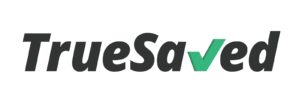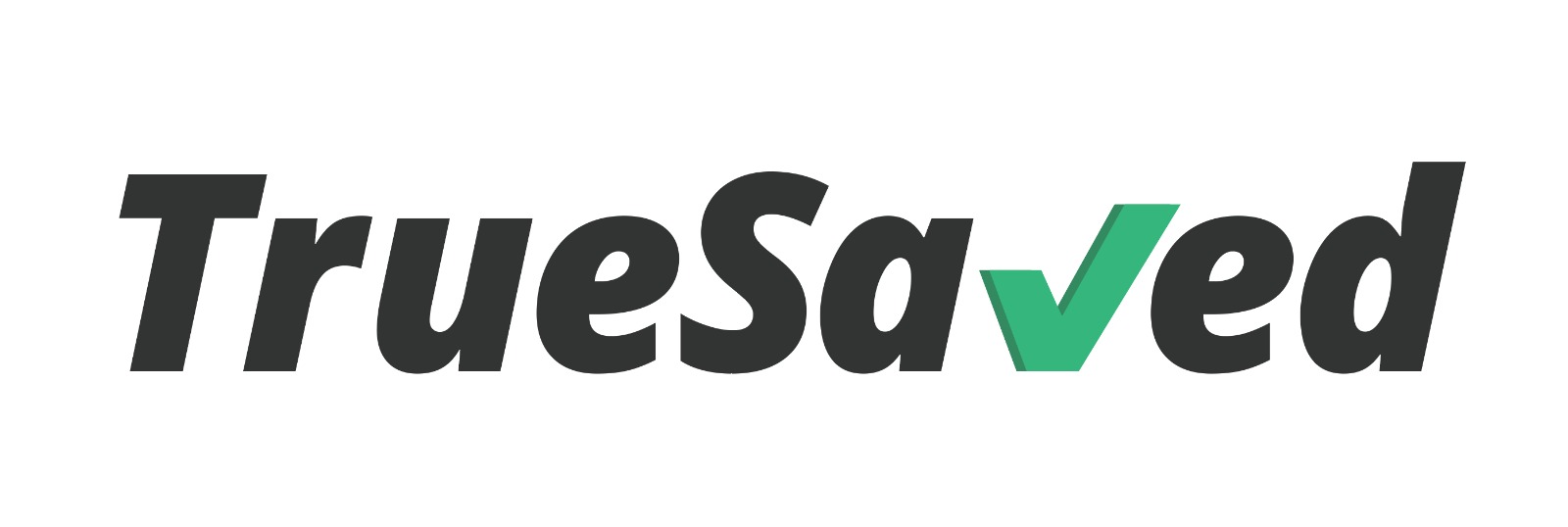Unlock Financial Flexibility with Personal Loans
In today’s fast-paced world, financial needs can arise unexpectedly. Whether it’s consolidating debt, covering medical expenses, or financing a dream vacation, personal loans offer a flexible solution to meet various monetary requirements. This comprehensive guide delves into the fundamentals of personal loans, helping you make informed decisions to secure your financial future.
What Is a Personal Loan?
A personal loan is a lump-sum amount borrowed from a financial institution—such as a bank, credit union, or online lender—that you repay over a predetermined period with interest. Unlike mortgages or auto loans earmarked for specific purposes, personal loans are typically unsecured and can be used for virtually any expense.
Key Features:
- Unsecured Debt: No collateral required.
- Fixed Loan Amount: Borrow a specific sum.
- Fixed Interest Rate: Predictable monthly payments.
- Fixed Repayment Term: Usually ranges from 12 to 84 months.
How Do Personal Loans Work?
Upon approval, the lender disburses the loan amount into your bank account. You then repay the loan in fixed monthly installments over the agreed term. The interest rate and repayment schedule are determined based on your creditworthiness, income, and other financial factors.
The Process:
- Application: Submit necessary documents and financial information.
- Approval: Lender reviews your credit history and financial status.
- Disbursement: Funds are transferred to your account.
- Repayment: Make monthly payments until the loan is paid off.
Types of Personal Loans
Understanding the different types of personal loans can help you choose the one that best suits your needs.
1. Secured Personal Loans
- Definition: Backed by collateral such as a car or savings account.
- Pros: Lower interest rates, higher borrowing limits.
- Cons: Risk of losing collateral if you default.
2. Unsecured Personal Loans
- Definition: Not backed by collateral.
- Pros: No risk to personal assets.
- Cons: Higher interest rates, stricter approval criteria.
3. Fixed-Rate Loans
- Definition: Interest rate remains constant throughout the loan term.
- Pros: Predictable payments.
- Cons: May start with a higher interest rate compared to variable options.
4. Variable-Rate Loans
- Definition: Interest rate fluctuates based on market conditions.
- Pros: Potentially lower initial rates.
- Cons: Monthly payments can increase over time.
5. Debt Consolidation Loans
- Definition: Combines multiple debts into a single loan.
- Pros: Simplifies payments, may reduce interest rates.
- Cons: May extend repayment period.
6. Co-signed and Joint Loans
- Definition: Involves another person who shares responsibility.
- Pros: Improves chances of approval.
- Cons: Both parties are liable for repayment.
Reasons to Consider a Personal Loan
Personal loans can be a viable option for various financial scenarios.
- Debt Consolidation: Merge high-interest debts.
- Home Improvements: Fund renovation projects.
- Medical Expenses: Cover unexpected healthcare costs.
- Major Purchases: Buy appliances or furniture.
- Education Costs: Pay for tuition or certifications.
- Emergency Expenses: Address unforeseen financial needs.
Eligibility Criteria for Personal Loans
Before applying, ensure you meet the lender’s eligibility requirements.
Common Criteria:
- Credit Score: Typically 600 or higher for unsecured loans.
- Income: Proof of steady income.
- Debt-to-Income Ratio: Generally below 40-45%.
- Employment History: Stable employment record.
- Age: At least 18 years old.
How to Apply for a Personal Loan
Follow these steps to navigate the application process smoothly.
Step 1: Assess Your Financial Needs
- Determine the exact amount you need.
- Evaluate your ability to repay the loan.
Step 2: Check Your Credit Score
- Obtain a free credit report.
- Correct any inaccuracies.
Step 3: Compare Lenders
- Research banks, credit unions, and online lenders.
- Compare interest rates, fees, and terms.
Step 4: Gather Necessary Documentation
- Identification: Driver’s license or passport.
- Proof of Income: Pay stubs, tax returns.
- Employment Verification: Employer’s contact information.
- Bank Statements: Recent financial activities.
Step 5: Submit the Application
- Fill out the lender’s application form.
- Provide accurate and complete information.
Step 6: Review Loan Offers
- Examine the terms carefully.
- Consider prepayment penalties and other fees.
Step 7: Accept the Loan
- Sign the agreement.
- Receive the funds.
Interest Rates and Fees
Understanding the cost of borrowing is crucial.
Interest Rates:
- Fixed Rates: Remain the same throughout the term.
- Variable Rates: May change based on market conditions.
- Annual Percentage Rate (APR): Includes interest rate plus fees.
Common Fees:
- Origination Fee: 1-6% of the loan amount.
- Late Payment Fee: Charged for missed payments.
- Prepayment Penalty: Fee for paying off the loan early.
- Application Fee: Charged during the application process.
Repayment Terms
Repayment terms affect your monthly payment and total loan cost.
- Short-Term Loans: Higher monthly payments, less interest over time.
- Long-Term Loans: Lower monthly payments, more interest over time.
Tips:
- Choose a term that fits your budget.
- Consider automatic payments to avoid late fees.
Pros and Cons of Personal Loans
Weigh the advantages and disadvantages before committing.
Pros:
- Flexibility: Use funds for various purposes.
- Fixed Payments: Easier budgeting with predictable payments.
- Consolidation: Simplify multiple debts.
- No Collateral Required: For unsecured loans.
Cons:
- Interest Costs: Can be high for those with poor credit.
- Fees: Origination and other fees increase the cost.
- Debt Burden: Adds to your overall debt.
Alternatives to Personal Loans
Explore other financing options that might be more suitable.
Credit Cards
- Pros: Convenience, rewards programs.
- Cons: Higher interest rates, temptation to overspend.
Home Equity Loans
- Pros: Lower interest rates.
- Cons: Requires home as collateral.
Peer-to-Peer Lending
- Pros: May offer competitive rates.
- Cons: Less regulated, variable terms.
0% APR Credit Cards
- Pros: Interest-free introductory periods.
- Cons: High rates after the promotional period.
Tips for Choosing the Right Personal Loan
Make an informed decision by considering these factors.
Evaluate Interest Rates and Fees
- Look for the lowest APR.
- Be aware of hidden fees.
Check the Lender’s Reputation
- Read customer reviews.
- Verify the lender’s credibility.
Understand the Terms and Conditions
- Read the fine print.
- Ask questions if unclear.
Consider Customer Service
- Responsive support can be valuable.
Prequalify When Possible
- Get estimated rates without affecting your credit score.
Conclusion
Personal loans can be a powerful tool to achieve your financial goals when used wisely. By understanding the basics—from types and application processes to interest rates and repayment terms—you can make informed decisions that align with your financial situation. Always compare multiple lenders and carefully read the terms to find the best personal loan for your needs.



